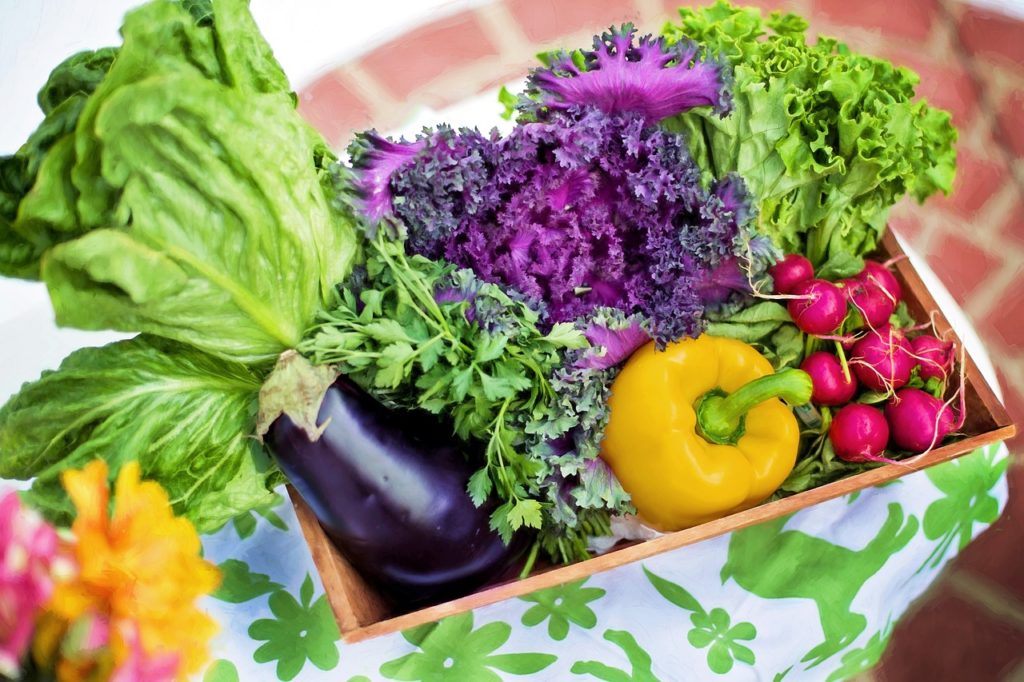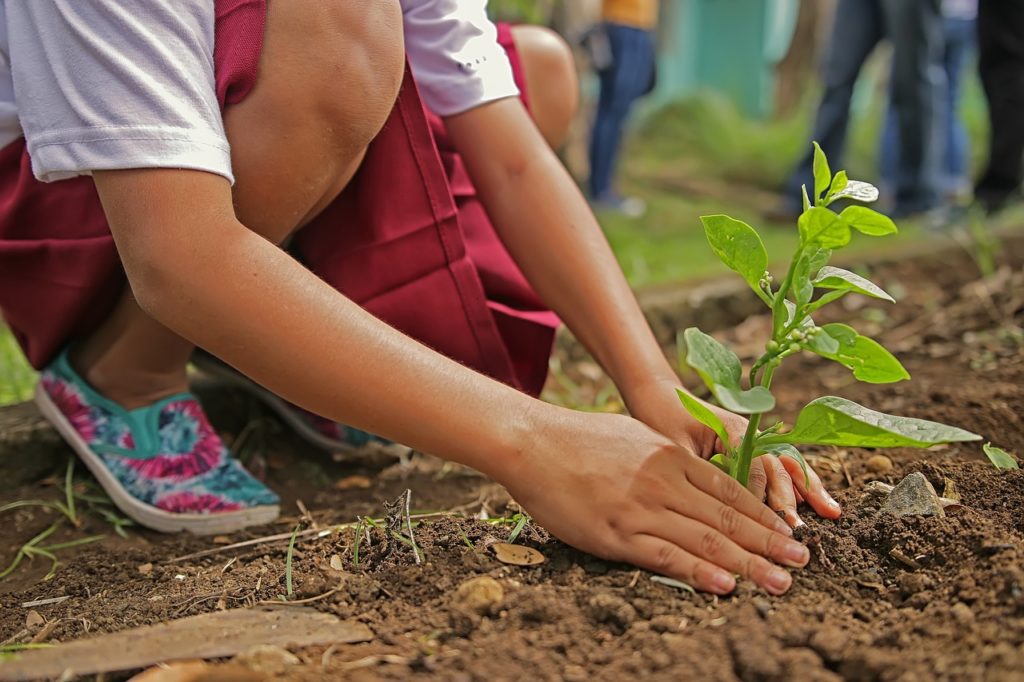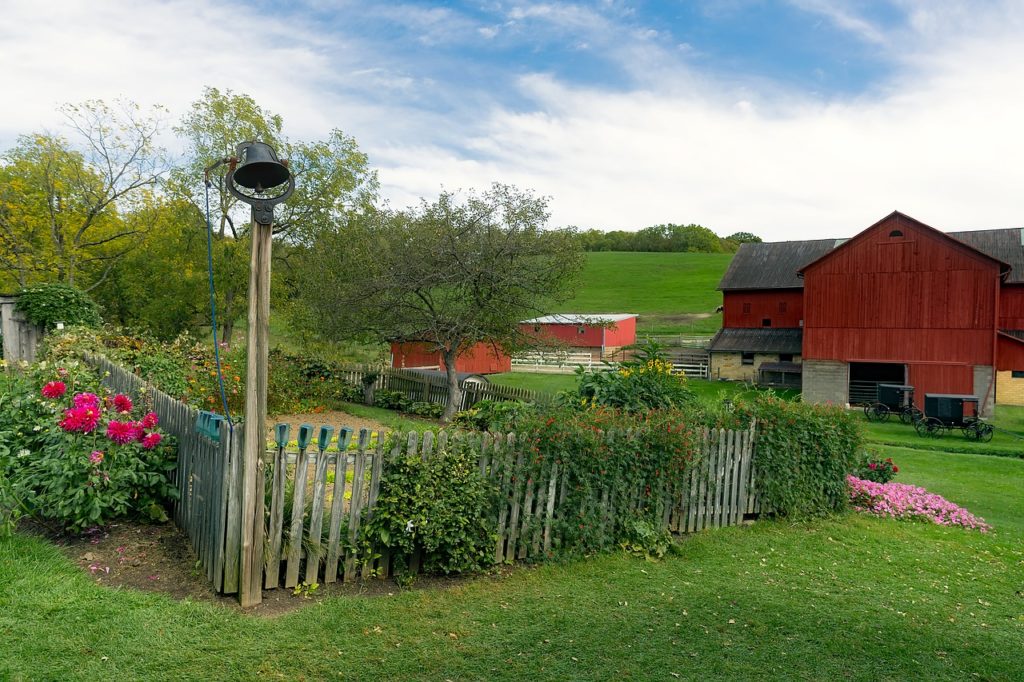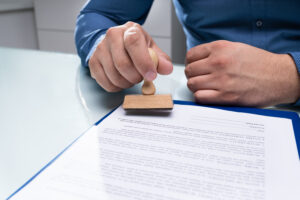

Planting a garden is a fun and educational activity that every family member can enjoy. You can use the activity to teach lessons from recycling to healthy food choices and more. With a few basic tools, a good garden hose, and some seeds, you can impart life skills to children that will last a lifetime. Plus, the harvest will be delicious as well as nutritious.
Keep the Garden Basic
Unfortunately, the first thought many have when starting a garden project is to go out and buy a lot of supplies. Instead, you should have your family brainstorm ideas to use things you already have to make your garden. This is a great way to teach the reuse, repurpose and recycle concepts.
Keep your first garden small enough to till by hand using a garden spade. If you do not already own one or cannot borrow one, it will be the only tool you need to buy for planting a garden in your yard. Choose a spot close to your house. A spot you pass every day is best, because it lets you see things grow and makes you aware of things that need tending. If you do not have a yard, you can plant in containers. Clean five gallon buckets are big enough for tomatoes, and old planters of all shapes and sizes are great for salad greens, radishes, carrots, beets, onions and more.
Starting Seedlings
Many plants, such as tomatoes, do better if they are started indoors from seeds rather than just being planted directly in the ground. You want to start your seedlings a few weeks before you will transplant them to your outdoor garden. Have everyone save some containers to plant seedlings in. Cups from takeout coffee, two-liter soda bottles, and yogurt cups are good. Old potting soil or dirt from your garden area will work to get seeds started.

A Better Way to Mulch
Use newspapers for mulch to keep the weeds from growing in the spaces between your rows of plants. This is an old trick gardeners have been using for a long time. Grass clippings on top of the newspapers hold them in place, and all of it can be tilled under at the end of the season. Use this example to teach biodegradability of items and repurposing materials many would just throw away.
Fertilizing Your Garden
Composting is a great way to teach recycling. Use a corner of your garden to make a compost pile. Put your vegetable matter refuse from meal preparations on the pile. Mix in some grass clipping too. Turn it over a few times per week with your shovel, and watch the discarded vegetable matter turn into nutrient rich black soil you can sprinkle on your garden to fertilize it. While you wait for your compost to ready, you can use a fertilizer such as Nature Safe to keep your gardening as eco-friendly as possible. A compost pile that gets big and is not mostly new soil is a great place to plant pumpkins, zucchinis and watermelons. Dig down to the dirt using the stuff on top to start a new compost pile.
Sticks, Cardboard, String, and Markers
Get the kids involved in every step of the gardening, especially in making custom plant markers to know what was planted where. Cut up an old cardboard box into squares to make markers. Use twigs found in the yard as marker stakes. Rub the finished cardboard markers thoroughly with an old candle to make them water resistant. Use the old string made of cotton or other biodegradable material to tie the markers to the stakes. Also, use larger twigs for staking tomatoes or building a trellis for beans.

At every step of the process, encourage everyone to do something in the garden. Assign the chore of weeding and watering to spread it out among all participants. Prepare for the harvest by planning a couple of recipes in advance that everyone agrees they will enjoy. If you plant tomatoes, it is tough to beat a BLT on toast by using the lettuce and tomatoes you grew and harvested from your own garden.

